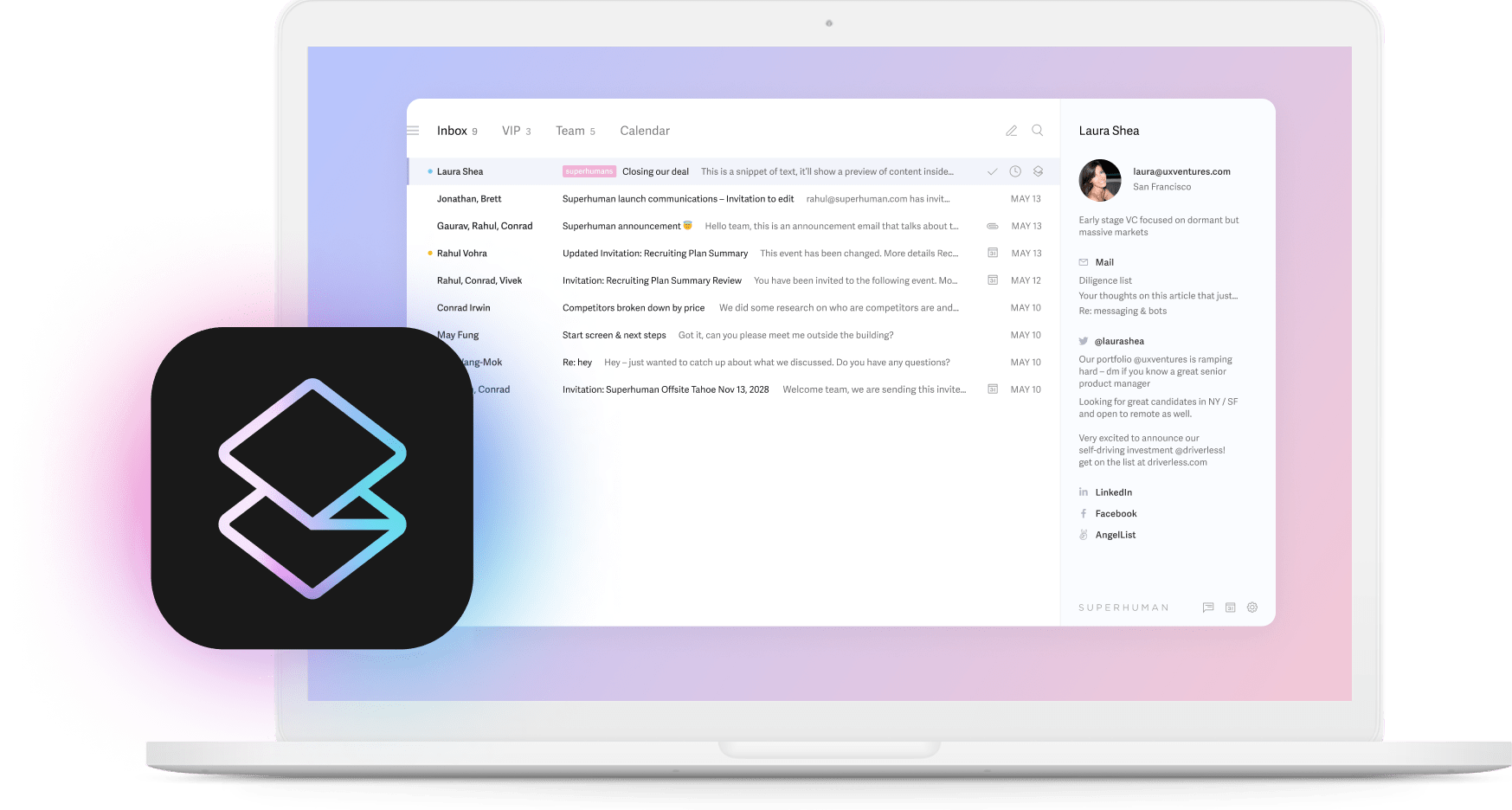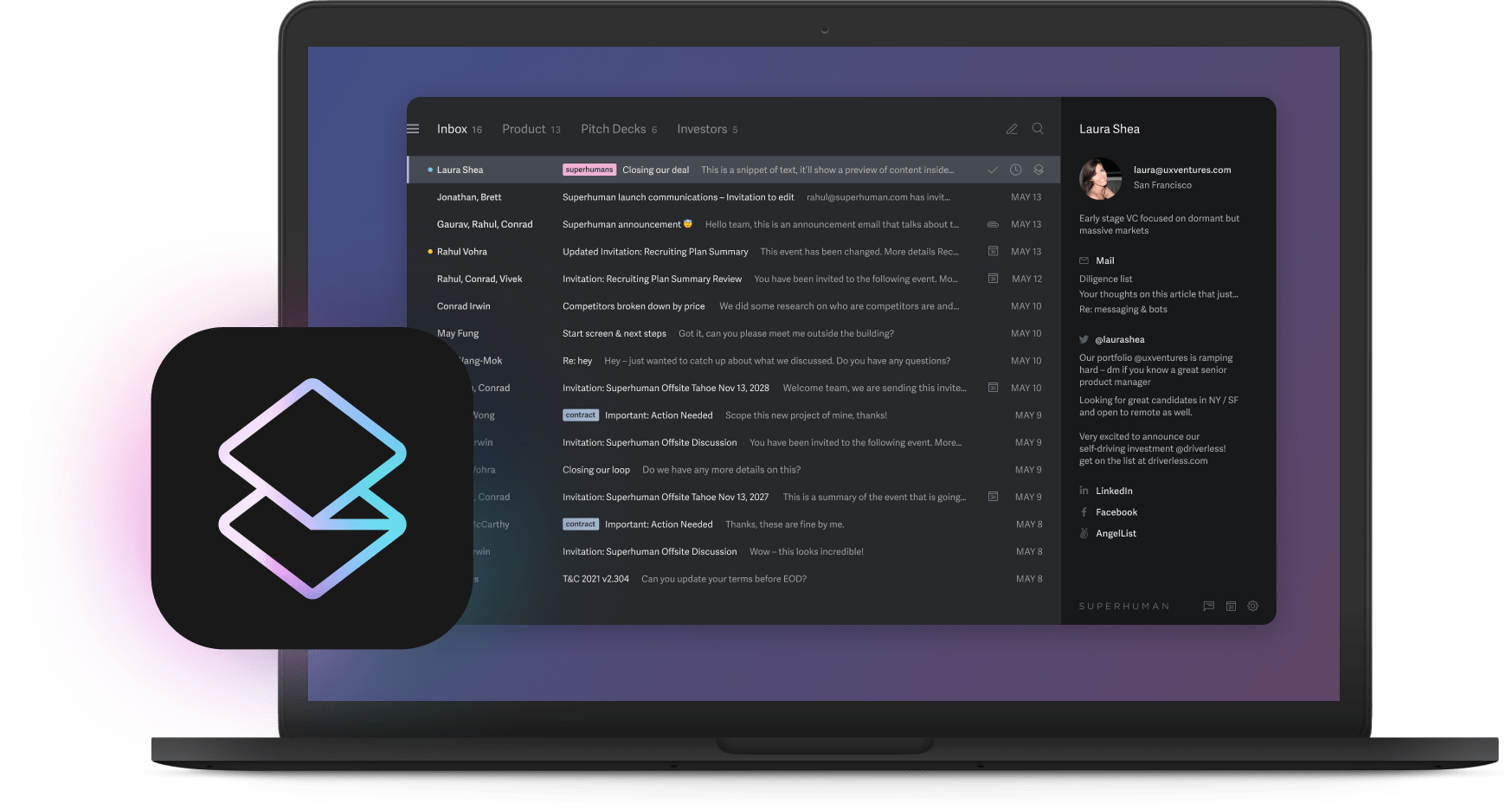
You can figure out if an AI project will make money in two hours. Most executives waste months on training that teaches algorithms but not ROI. This executive AI training strategy shows you the shortcut.
Your boss wants an AI strategy because everyone else has one. You find a $5,000 workshop hoping for answers. Three days later, you understand neural networks but still can't connect AI to revenue. The problem isn't technology. Traditional programs drown you in theory while you need practical answers about speeding up supply chains or cutting service costs. These workshops produce certificates and buzzwords, not business value.
We solve this differently. Two hours total. Pick one expensive problem, ask vendors four specific questions, then run a small test or kill the idea. No computer science degree needed because you're not building AI. You're deciding if it makes money.
The 15-minute reality check
You waste months on doomed AI projects because nobody asks hard questions upfront. Most executives realize too late their investment won't pay off. Three questions reveal the truth in fifteen minutes, saving you from expensive mistakes.
What specific problem are we solving? Why is AI better than a simpler solution? What happens if this fails? These cut through vendor hype instantly. They expose missing data, unclear ownership, and wish-list features before you sign contracts. They reveal projects launched just because someone read about AI in a magazine. When vendors pitch, these questions become your filter. Demand proof of results, ongoing costs, and degradation plans. Vague answers tell you to walk away and save your budget.
Everyone else builds massive AI strategies over months. You'll know in fifteen minutes whether to proceed because you asked what matters.
The 3-step playbook
Two hours determines if AI deserves your money because this process focuses only on financial impact. Traditional workshops waste days on theory. You need to know one thing: will it generate returns?
Step 1: Map your expensive problem (30 minutes) Draw three columns labeled "What it costs now," "Time we waste," and "What we want." This forces clarity about the actual problem. Look for processes with high error rates and significant financial impact like claims processing, sales forecasting, or customer service routing. These areas hide expensive inefficiencies AI might fix. Skip technology discussion entirely. Focus on problems worth solving because without a costly problem, even perfect AI wastes money.
Step 2: Test the vendor (30 minutes) Ask four questions that reveal vendor quality. How many projects like ours have failed? When will the model start degrading? Who covers the cost of wrong predictions? How do you handle data drift? These questions work because honest vendors share failure stories and explain fixes while sketchy ones promise miracles. Good partners show monitoring dashboards and retraining schedules. Bad ones mention proprietary algorithms and change subjects. This separates serious players from PowerPoint artists in thirty minutes.
Step 3: Design a test or drop it (60 minutes) If you found a real problem and credible vendor, design a 90-day pilot with one metric, clear data requirements, and shutdown triggers. Lock the scope now before excitement inflates everything. If numbers don't work or the vendor seems fuzzy, thank them and leave. You just saved months of wasted effort by killing bad ideas fast.
Four questions vendors hate
These questions protect your budget because they force vendors to reveal their true capabilities. Each targets a specific way AI projects fail expensively.
How many projects like ours have failed? Most AI projects don't deliver expected results, so good vendors admit this and explain their edge. They share war stories and name references who struggled then succeeded. Perfect track records mean someone's lying because failure is normal in AI. This question immediately identifies honest partners.
When will performance drop? Every model degrades as markets and customers change, making this question essential. Solid vendors show decay curves from other clients and budget for retraining. They explain monitoring systems that catch problems early. Anyone promising eternal accuracy sells snake oil. This protects you from surprise maintenance costs.
Who pays for mistakes? AI fails expensively when fraud detectors block real customers or chatbots anger people. Your contract needs clear liability clauses stating who writes checks when algorithms cost money. Fuzzy answers mean you're the insurance policy. This question prevents you from eating vendor mistakes.
How do you handle data drift? Today's patterns train models that break when tomorrow looks different. Experienced vendors automate detection and provide quick fixes because they've seen this before. Talk of secret algorithms means you're their experiment. This reveals whether they'll support you long-term.
Common traps
The two-hour method works unless you fall for these traps that derail smart teams. Each wastes money differently.
Pretty dashboards seduce executives while business results tank. Track only metrics that hit your P&L directly because everything else distracts from what matters. Data preparation shocks budgets when cleaning and labeling costs explode. Set hard spending limits first to prevent runaway expenses.
Executive FOMO drives terrible decisions when competitors announce AI initiatives. This fear makes you fund garbage projects instead of focusing on clear value. Training traditionalists defend their expensive course investments by fighting new approaches. Counter both with evidence and sessions where only measurable results matter. These disciplines prevent expensive mistakes.
Your next 120 minutes
Skip workshops and implement this system because it identifies AI winners fast. Block two hours with your team for these specific steps.
Reality check (15 minutes) Schedule "AI: Problem we're solving?" and use those three questions. Document answers in plain English because clarity beats jargon.
Share the detector (immediate) Send the four vendor questions to participants so everyone arrives ready for honest discussion instead of sales pitches.
Problem mapping (30 minutes) Choose one expensive process and document current versus target costs. Identify data owners because they control feasibility.
Test design (60 minutes) Define one success metric, required data, and a 90-day limit. Assign one owner and create shutdown triggers because accountability prevents drift.
Schedule verdict (15 minutes) Calendar day 91 with one agenda item: "Did we hit the target?" This forces a clear decision to scale or stop.
Traditional training sells certificates while this approach sells results. You now have a system that saves months and budgets by killing bad AI ideas fast. Which do you need?






